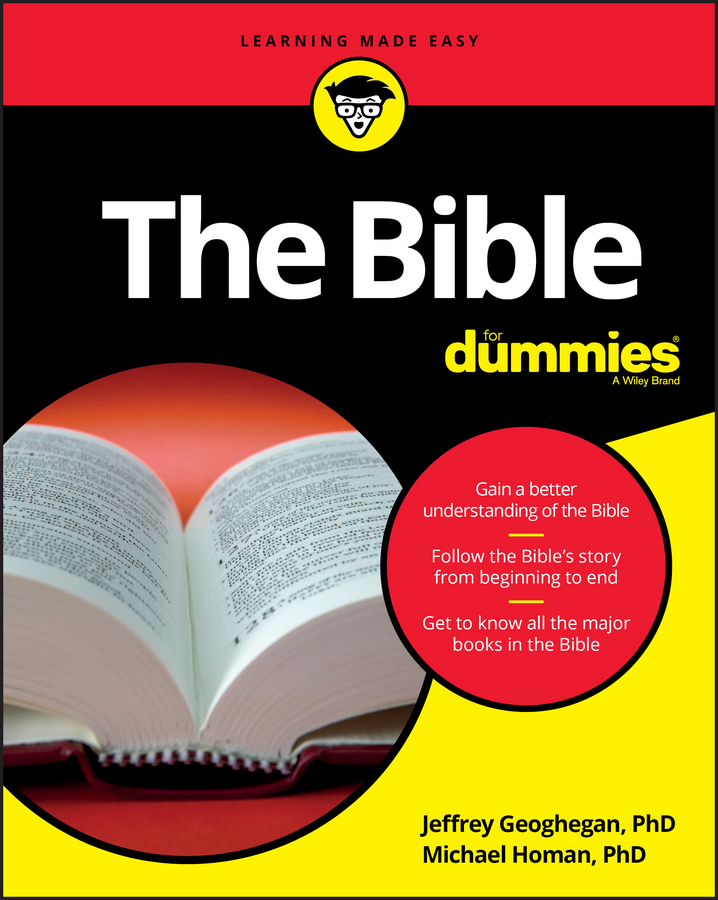When and how did Christians decide to add to their biblical canon with a new set of writings? This list shows the time and events that impacted Christians to develop the New Testament:
30–100 CE: The earliest New Testament works, Paul's Epistles, appear, probably pre-dating the writing of any of the Gospels. Paul never quotes a written work about Jesus.
95 CE: Clement of Rome refers to the "Words of Jesus" but doesn't quote writings.
90–130 CE: The Epistle of Barnabas refers to a teaching of Jesus by saying, "As it is written. . . ."
140–155 CE: Polycarp cites a letter of Paul by calling it "scripture."
150–160 CE: Justin the Martyr refers to a written Gospel and quotes from Luke.
170–around 180 CE: Irenaeus first refers to a "New Testament" and also refers to four Gospels, comparing them to the four directions (north, south, east, and west) and thus suggesting their completeness.
260–340 CE: The Christian historian Eusebius begins to enumerate books and create lists, but they're neither complete nor considered final.
334–336 CE: Constantine, the Roman ruler who converted to Christianity, commissions Bibles to be produced by hand, but these Bibles include writings (such as the Shepherd of Hermas and Didache) not accepted in later canons of the New Testament.
As early as 200 CE or perhaps as late as 350–375 CE: The Muratorian Fragment, considered by many to be proof of a Christian canon by 200 CE, is a document whose actual date is widely and hotly disputed. Many scholars date this document much later (some say after 350), but the document's list differs from the list that the Christian Church finally agreed upon.
367 CE: Athanasius writes a Festal Letter (a religious writing on the occasion of a festival) that contains the 27 books of the New Testament canon as it's known today. (He was also the first to use the word "canon" in reference to this list.) All historians agree that this is the oldest clear expression of a finalized New Testament canon, but they disagree about whether there are earlier indications of a canon.

